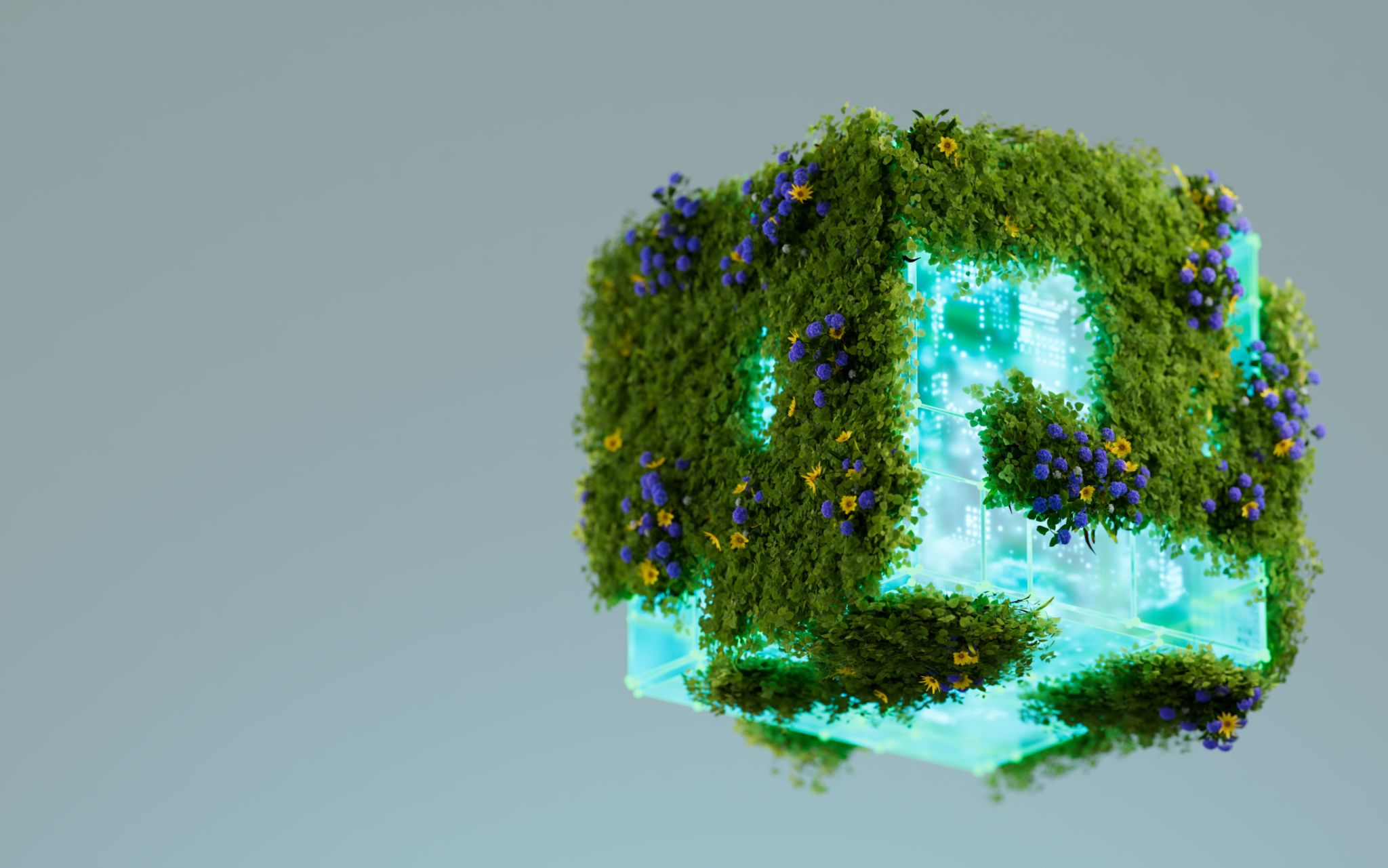Common Misconceptions About Clean Energy Systems Debunked
Misconception 1: Clean Energy Is Too Expensive
One of the most common misconceptions about clean energy systems is that they are prohibitively expensive. While it's true that the initial investment for technologies like solar panels or wind turbines can be high, it's crucial to consider the long-term benefits. Over time, clean energy systems can significantly reduce or even eliminate electricity bills, resulting in substantial savings.
Moreover, as technology advances and becomes more widespread, the cost of clean energy has been steadily decreasing. For instance, the price of solar panels has dropped by more than 70% over the last decade. Government incentives and subsidies further reduce these costs, making clean energy more accessible to everyone.

Misconception 2: Clean Energy Cannot Meet Our Energy Needs
Another widespread belief is that clean energy sources cannot provide enough power to meet our global energy demands. In reality, the potential for renewable energy is vast and largely untapped. For example, the amount of solar energy hitting the Earth in just one hour is enough to power the entire world for a year.
Countries like Germany and Denmark have already successfully integrated high percentages of wind and solar power into their electricity grids, proving that clean energy can reliably meet substantial portions of energy needs. As battery storage technology improves, the ability to store and distribute renewable energy will only enhance this capability.

Misconception 3: Clean Energy Systems Are Unreliable
People often perceive clean energy systems as unreliable due to their dependence on weather conditions. While it's true that solar panels need sunlight and wind turbines require wind, advancements in technology and infrastructure have made these sources more dependable than ever before.
Modern clean energy systems are designed to work in conjunction with traditional power grids, ensuring a constant supply of electricity. Additionally, energy storage solutions like batteries have improved dramatically, allowing excess energy generated during peak production times to be stored for later use.
Misconception 4: Clean Energy Harms the Environment
Some argue that clean energy systems harm the environment due to land use and resource consumption. However, when compared to fossil fuels, the environmental impact of renewable energy is minimal. For example, while wind farms do require land, they can coexist with agricultural activities, preserving their dual use.
Moreover, manufacturing processes for clean energy technologies are continually becoming more sustainable. The overall lifecycle emissions from renewables are significantly lower than those from coal or natural gas power plants, making them a much greener option.

Misconception 5: Transitioning to Clean Energy Is a Slow Process
Many believe that transitioning to clean energy is a slow and cumbersome process. In reality, advancements in technology and increased public awareness are accelerating this transition. Many countries have set ambitious targets to increase their renewable energy share rapidly.
Additionally, businesses and homeowners are increasingly investing in clean energy solutions, driven by both economic incentives and environmental responsibility. This growing demand is speeding up the development and deployment of renewable technologies worldwide.

The Bottom Line
Debunking these misconceptions is essential as we move towards a sustainable future. Clean energy systems are not only viable but also capable of transforming how we generate and consume power. By embracing renewables, we can achieve a cleaner, more sustainable planet for future generations.
Understanding the realities of clean energy can empower individuals and businesses to make informed decisions that benefit both the environment and their bottom line. As technology continues to evolve, the role of clean energy in our daily lives will only grow more significant.